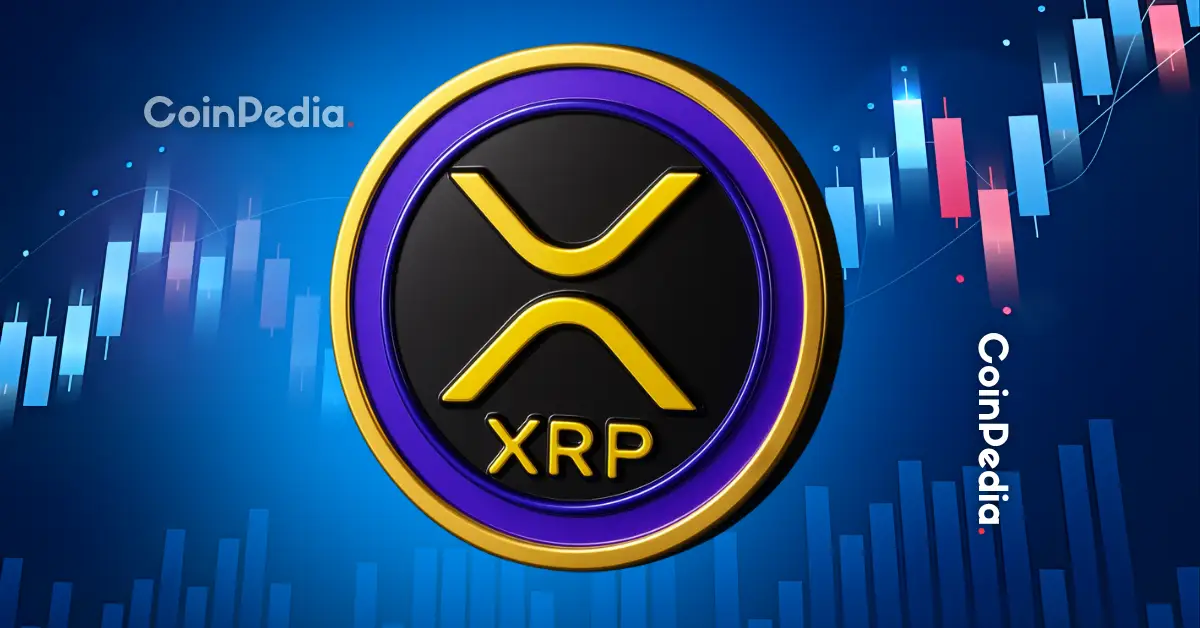
The launch of several XRP Exchange-Traded Funds (ETFs) has raised expectations of significant price surges among cryptocurrency enthusiasts. Despite millions of dollars flowing into XRP ETFs daily, the expected breakout has not materialized, leaving the community wondering why. In this article, we dive into the factors influencing XRP’s market movements and provide insights on the evolving role of ETFs in the cryptocurrency landscape.
What’s Happening With XRP ETFs?
In recent weeks, six major ETFs focused on XRP were introduced, backed by reputable issuers like Amplify, Bitwise, Canary, Rex-Osprey, Franklin Templeton, and Grayscale. While many anticipated that these developments would push XRP closer to $3 or more, the coin’s price instead dipped. It’s crucial to identify the reasons behind this trend to understand the dynamics influencing the broader crypto market.
ETFs and Their Impact on Cryptocurrency Prices
According to Bloomberg analyst James Seyffart, many investors are misunderstanding the role of ETFs in the cryptocurrency universe. ETFs add liquidity and structure to the market but do not directly drive price increases. The main price driver for cryptocurrencies remains the spot market activity, where buying and selling pressure from exchanges like Binance, Coinbase, and Kraken shapes value.
Recent regulatory changes have enhanced transparency by allowing ETF issuers to hold real assets like Ethereum, Bitcoin, XRP, Solana, Hedera, and Litecoin. Despite this improvement, ETFs continue to function as a supportive rather than dominant force in price movements. For instance, some XRP ETF inflows stem from existing XRP holders who transfer their assets for goals like better tax options or long-term custody. This transfer does not create additional buying pressure in the market.
Market Conditions and External Factors
Beyond ETFs, macroeconomic conditions are significant contributors to recent market trends. Bitcoin’s dip toward the $80,000 mark, pulling XRP and other altcoins lower, highlights the interconnectedness of cryptocurrency markets. When market-wide corrections occur, even substantial ETF inflows cannot offset the selling pressure.
Another factor influencing recent trends was the U.S. government shutdown, which delayed filings and approvals for new altcoin ETFs. Although the Securities and Exchange Commission (SEC) has resumed operations, the regulatory processes slowed market expansion temporarily, restricting potential growth.
What This Means for Investors
While ETF inflows are a noteworthy development for the cryptocurrency ecosystem, investors should temper their expectations regarding their immediate impact on prices. Active participation in the spot market remains the primary way to influence cryptocurrency values.
To manage volatility effectively, consider diversifying your portfolio while staying informed about macroeconomic trends. Tools like Ledger Nano X hardware wallets can help you secure your assets during market uncertainties.
The Road Ahead
ETFs bring added legitimacy and long-term sustainability to cryptocurrency markets but are not the sole determinant of price trends. As market dynamics evolve, understanding these nuances will be vital for investors and enthusiasts looking to navigate the complex crypto ecosystem effectively.



